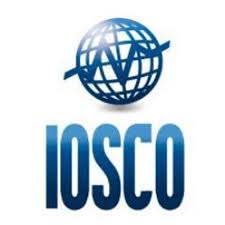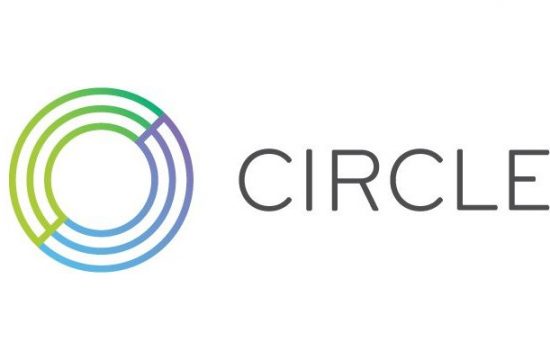![]() The New York Federal Reserve just started publishing alternative repo rates to the Dollar/LIBOR rate.
The New York Federal Reserve just started publishing alternative repo rates to the Dollar/LIBOR rate.
The three rates are: the Secured Overnight Financing Rate (SOFR), the Broad General Collateral Rate (BGCR), and the Tri-Party General Collateral Rate (TGCR).
“The SOFR was identified by the Alternative Reference Rates Committee (ARRC) in June 2017 as its recommended alternative to U.S. dollar LIBOR for use in certain new U.S. dollar derivatives and other financial contracts.
“In the production of these three Treasury repo reference rates, the New York Fed has adopted policies and procedures consistent with best practices for financial benchmarks, including the IOSCO Principles for Financial Benchmarks. During the second quarter of 2018, the New York Fed intends to update its IOSCO Statement of Compliance, which currently covers the Effective Federal Funds Rate (EFFR) and the Overnight Bank Funding Rate (OBFR), to also cover the three Treasury repo reference rates.” The New York Fed said in a statement. “Additional information about policies and procedures for the administration of the reference rates is now available, including contingency plans related to data availability, the revision policy, and oversight of the reference rates. Potential users of these reference rates can subscribe here for updates.”
In June 2017, the ARRC published its recommendations for an alternative to LIBOR.
The ARRC noted at the time: “At its meeting today, the Alternative Reference Rates Committee (ARRC) identified a broad Treasuries repo financing rate, which the Federal Reserve Bank of New York has proposed publishing in cooperation with the Office of Financial Research, as the rate that, in its consensus view, represents best practice for use in certain new U.S. dollar derivatives and other financial contracts.
“As reflected in the many updates on its deliberations and work, the ARRC considered a variety of factors in selecting a broad repo rate, including the depth of the underlying market and its likely robustness over time; the rate’s usefulness to market participants; and whether the rate’s construction, governance, and accountability would be consistent with the IOSCO Principles for Financial Benchmarks. The ARRC believes that, measured against these criteria, a broad repo rate is the most appropriate for wide-spread and long-term adoption as a reference rate. The ARRC considered the input of a wide range of market participants in making its recommendation, holding a public roundtable and consultation to discuss its Interim Report and seeking the views of an Advisory Group of end users, a significant majority of which had expressed a preference for a Treasuries repo rate. The ARRC will refine its proposed transition plans, developing implementation options for its recommended rate in consultation with the members of its Advisory Group as well as through broader outreach efforts. The ARRC plans to publish its final report later this year before implementation is expected to begin.”
 “The ARRC today took an important step to strengthen the financial system by selecting a robust alternative reference interest rate. I am proud of the committee’s work, and look forward to our continued efforts to promote the widespread adoption and use of this rate.” said Sandra O’Connor, Chair of the ARRC at the time of the announcement.
“The ARRC today took an important step to strengthen the financial system by selecting a robust alternative reference interest rate. I am proud of the committee’s work, and look forward to our continued efforts to promote the widespread adoption and use of this rate.” said Sandra O’Connor, Chair of the ARRC at the time of the announcement.
LIBOR is the rate banks charge each other for overnight borrowing; repos are used by banks to borrow as well overnight.
A repo rate “is the rate at which the central bank of a country (Reserve Bank of India in case of India) lends money to commercial banks in the event of any shortfall of funds. Repo rate is used by monetary authorities to control inflation.” According to the Economic Times.
LIBOR fell into scandal when the bankers from most of the top banks in Europe were accused of rigging the rate.
A movement has grown since to replace the rate as an alternative for financial contract which currently use it like the repo rate.
SOFR, it is hoped by the New York Fed, will do just that.








